For beginners, cooking with cannabis may seem like an incredibly daunting task. In many ways, it is — there’s a lot to keep track of and get just right if you want to have a good trip.
But a lot of the information is very straightforward and, once you put it to use, very hard to forget (like riding a bike).
In this article, the all-things-cannabis experts at Honest Marijuana discuss the best tips for cooking with cannabis that will make your first foray into the kitchen a breeze and a pleasure.
Tips For Cooking With Cannabis
1) Choose The Right Strain
Even if you’re a complete newb, you know you’re going to feel a little different after cooking with cannabis — that’s why you’re doing it, right?
But being able to predict how you’re going to feel is an important part of the cannabis experience. That’s where choosing the right strain comes in.
We suggest getting to know the difference between indicas, sativas, and even landrace strains.
Once you understand the effects that each has to offer, you’ll be able to make an informed decision about how you want to feel after ingesting your edibles. Then you can experiment with the best strains to find the one that’s right for you.
2) Pay Attention To Cannabinoid Content
Cannabinoids are chemical compounds that interact with specific cannabinoid receptors in your brain (i.e., CB1 and CB2).
These chemicals are what cooking with cannabis is all about. Once you ingest the weed tea, cannabis coffee, pot-infused honey, or any other edible, it’s the cannabinoids that make you feel chill or that provide medicinal relief for a variety of ailments.
The best-known cannabinoid is THC. It’s the stuff that makes you taste sounds and feel colors. It can even help out in the bedroom.
The other main cannabinoid is CBD. It’s the stuff that helps you deal with:
- Anxiety
- Depression
- Pain
- ADHD
- And a whole lot more…
When you first start cooking with cannabis, it’s vital that you pay attention to the cannabinoid content of the strain you choose.
High levels of THC can get you way too high. Similarly, high levels of CBD can result in effects you weren’t necessarily prepared for.
Ask the budtenders at your local dispensary to help you find the cannabinoid content that’s right for you.
For an extra dose of cannabinoid content, scope out the knowledge in this article from your friendly neighbors at Honest Marijuana:
- Top 11 Cannabinoids And What They Do
3) Realize What You’re In For
Cooking with cannabis is dramatically different than smoking the very same strain.
One of the biggest differences between ingesting and inhaling your weed is the duration of the resulting experience.
Smoking weed causes an almost immediate onset of effects but tapers off quickly after that.
Think of smoking weed like slamming the accelerator of your 750-horsepower Lamborghini Veneno Roadster to the floor. Zero to 60 in 2.9 seconds is about what it feels like when you’re toking on a strong strain of Chemdawg.
Unfortunately, all that power really eats up the gas, so the thrill doesn’t last very long. The effects of smoking weed trail off rapidly over the course of an hour or so until you’re back to normal contending with the munchies and trying to keep from falling asleep standing up.
Cooking with cannabis and eating the products causes little to no effects for up to an hour. After that, the experience will build for another hour or so and then taper off slowly over the next two to three hours.
Think of ingesting marijuana like push-starting your Lamborghini, accelerating slowly over the course of several miles, and then setting the cruise at 70 m.p.h. for a fun-filled ride.
You might not experience the rush of zero to 60 in 2.9 seconds that you get with smoking, but cooking with cannabis gives you a much longer, more sustained level of effects.
It’s important to realize what you’re in for before you start eating or drinking. Chances are, you’re not going to feel anything for a while. Be patient and refrain from eating or drinking any more weed edibles so you don’t create a bad trip.
4) Don’t Use Raw Weed
Raw weed straight from the plant is non-psychoactive. In its raw form, it’s just another vegetable like spinach or kale (albeit one that doesn’t taste good and can cause vomiting).
In order to unlock the cannabinoids inside the buds, you have to dry and cure it before you use it. Thankfully, most of the stuff you buy at your local dispensary is already dried and cured so you don’t have to worry about it.
But there’s more to cooking with cannabis than just dumping that baggie of bud into your brownie mix. There’re a few more things to contend with before you can start mixing pot in your favorite recipe.
5) Always Decarb Your Weed
To unlock the full potential of your weed when cooking with cannabis, you need to decarboxylate.
Don’t be scared of that five-syllable monstrosity of a word — it’s actually the cannaenthusiast’s friend. “Decarboxylate” is just a technical way of referring to the baking process (see, nothing to be afraid of).
We don’t have the space to discuss the ins-and-outs of dope decarboxylation in this article, so it’s enough to say that you should always decarboxylate your weed before cooking with cannabis.
6) Use A Grinder When Cooking With Cannabis
Another important step in cooking with cannabis is using a grinder to get your weed as small as possible.
Grinding your cannabis first (after you’ve decarboxylated it, of course) exposes more of the bud’s surface area so the solvent you use (more on that in a moment) dissolves as many of the trichomes as possible.
Trichomes are where the majority of the cannabinoids reside. So doing whatever you have to do to maximize the mixing of trichomes into your foodstuffs will benefit you down the road when it’s time to eat.
7) Harness The Power Of Cannabutter Or Cannaoil
The best way to release the cannabinoids when cooking with cannabis is to create a cannabutter or cannaoil infusion.
Remember the solvent we mentioned in the previous section? It’s not some fancy chemical you can only buy online from a special warehouse. It’s just butter or oil.
When you infuse your butter or oil with cannabis, you make following any recipe infinitely easier.
None of the recipes in our collection include pot as an ingredient. But damn near all of them — the tasty ones, anyway — include butter or oil as a main ingredient.
If your butter or oil already has cannabis in it — which it will if you make your own infusion — all you have to do is measure, mix, and bake.
It’s as simple as that.
Cooking With Cannabis: Quality Over Quantity
The best tip we can give — whether you’re a budding baker or the Martha Stewart of pot brownies — is to always choose quality over quantity when cooking with cannabis.
By and large, most cannaenthusiasts divide weed into four different levels of quality:
- Headies
- Beasters
- Mids
- Regs
For more information on these four designations (including how they got their names), check out our article The Differences Between Beasters, Headies, Mids, And Regs.
When you’re cooking with cannabis, opt for beasters, or, better yet, headies if you can afford it. Your stash will last longer (because you don’t have to use as much), you’ll get more mileage from a small amount, and the experience will be out of this world.
If you can’t find the first two, mids will do in a pinch, but always shy away from regs (the literal bottom of the barrel) unless you have no other choice.
And, when possible, insist on including organic marijuana and organic marijuana products (like those grown and produced by Bud Cargo) in any recipes you use when cooking with cannabis.
Organic marijuana is free of harmful fertilizers, pesticides, and chemicals that will harsh your buzz.
If you’re looking for the best cooking with cannabis experience, don’t settle for anything less than a high-quality organic marijuana strain from Bud Cargo.
Click or tap here to search for a location near you that sells the best marijuana on the planet — budcargo.
And for more information on all things cannabis and to check out our 100% all-natural marijuana products, visit Budcargo.ca today.

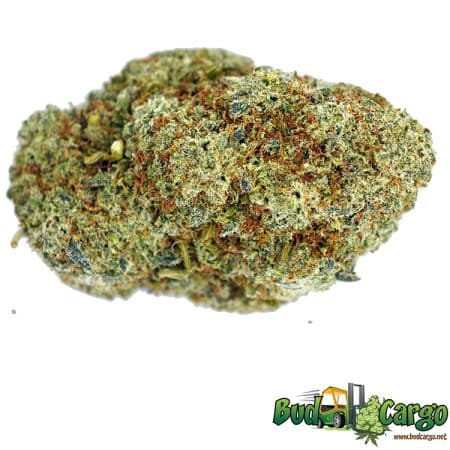
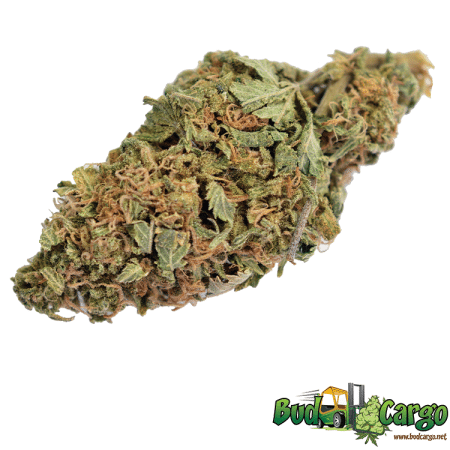
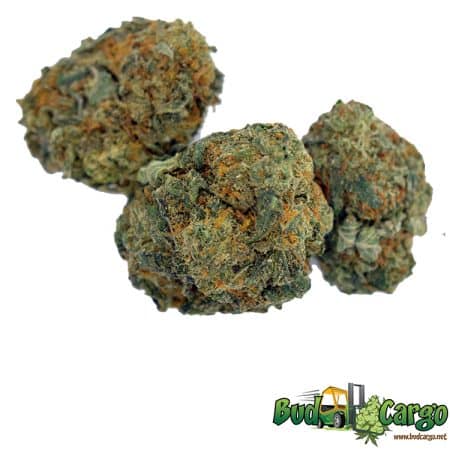
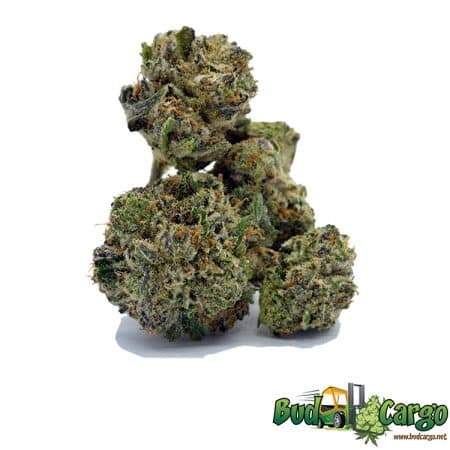
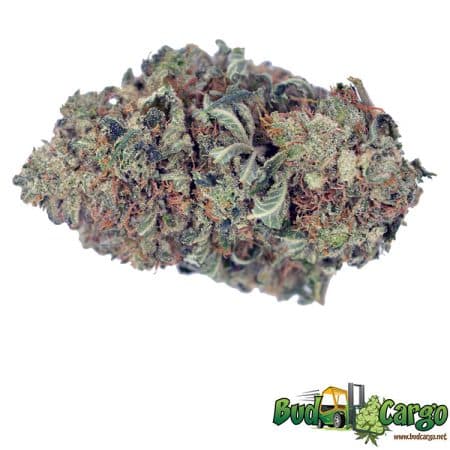
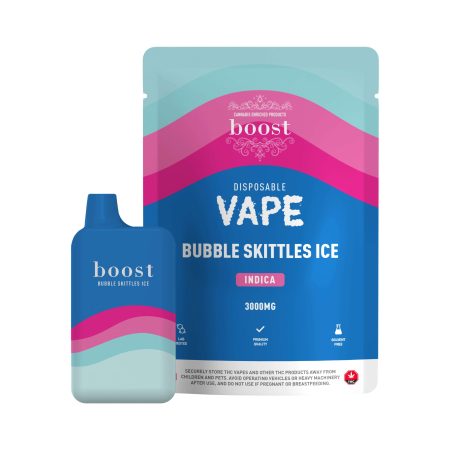
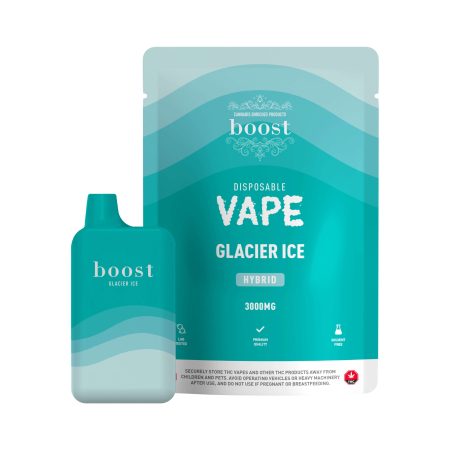
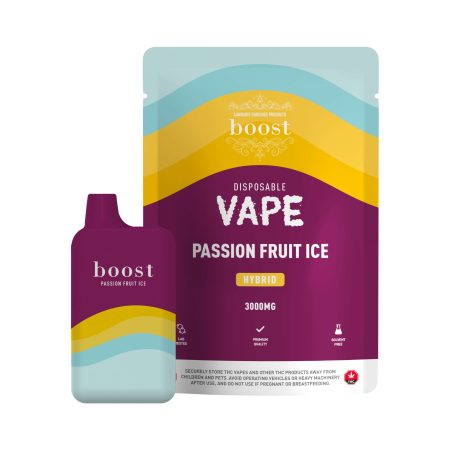
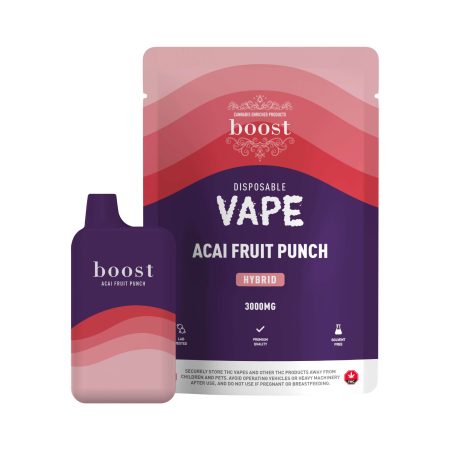
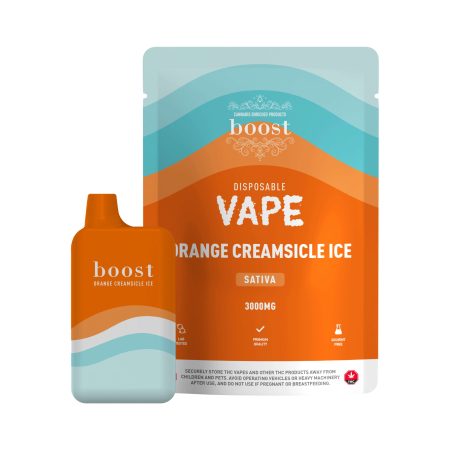
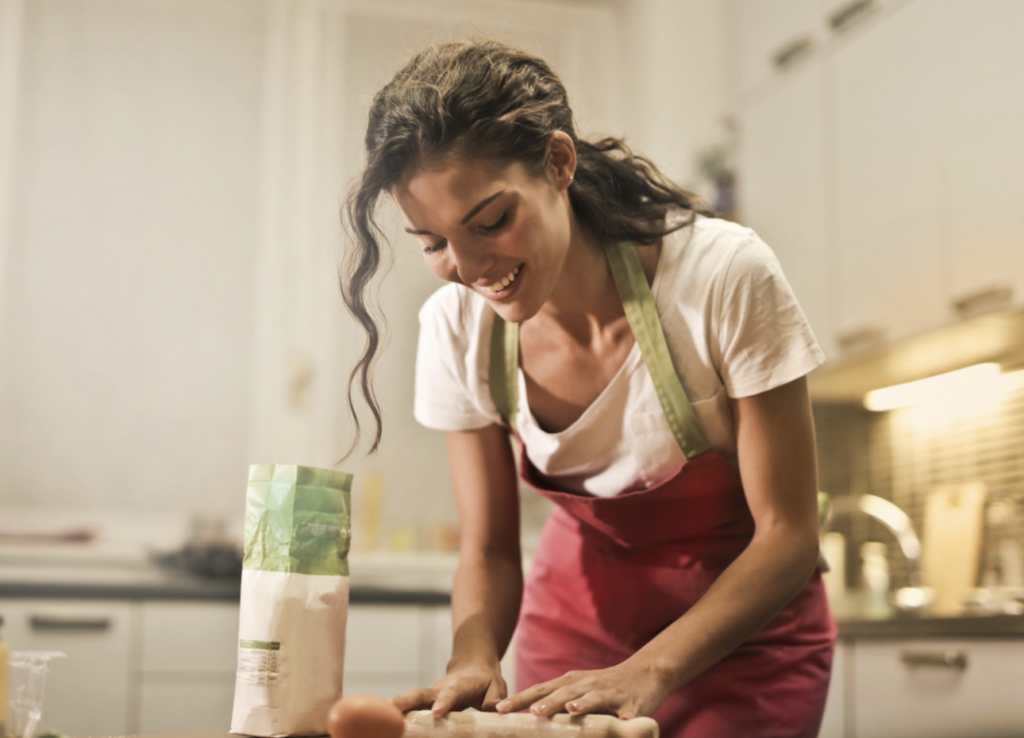




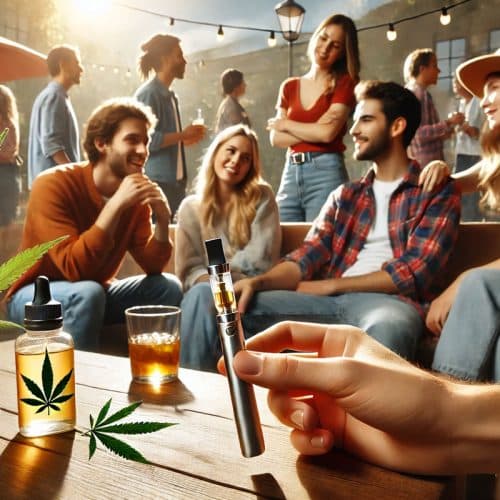
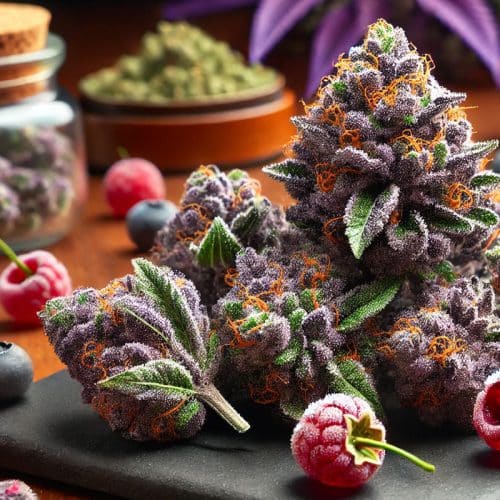
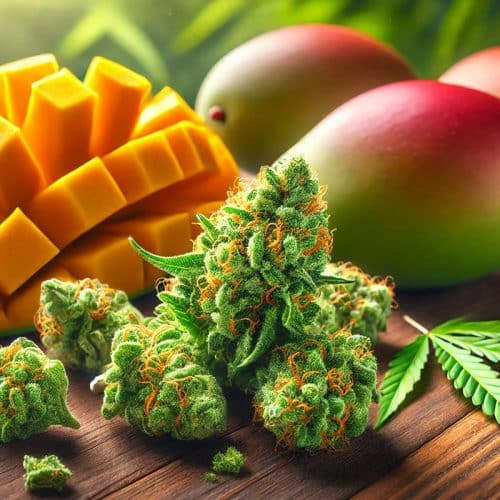





You must be logged in to post a comment.